If you’ve just purchased a lifting belt, you might be wondering how tight it should be in order to maximize its effectiveness.
Lifting belts should be tight enough around the waist to provide support to the core without restricting your breathing. You should be able to take a deep belly breath and then forcefully press your core against the belt without raising your shoulders. If there is slack when fully inhaled, the belt is too loose.
Below, I’ll cover the main rules to follow when picking your belt tightness and some individual factors you should consider.
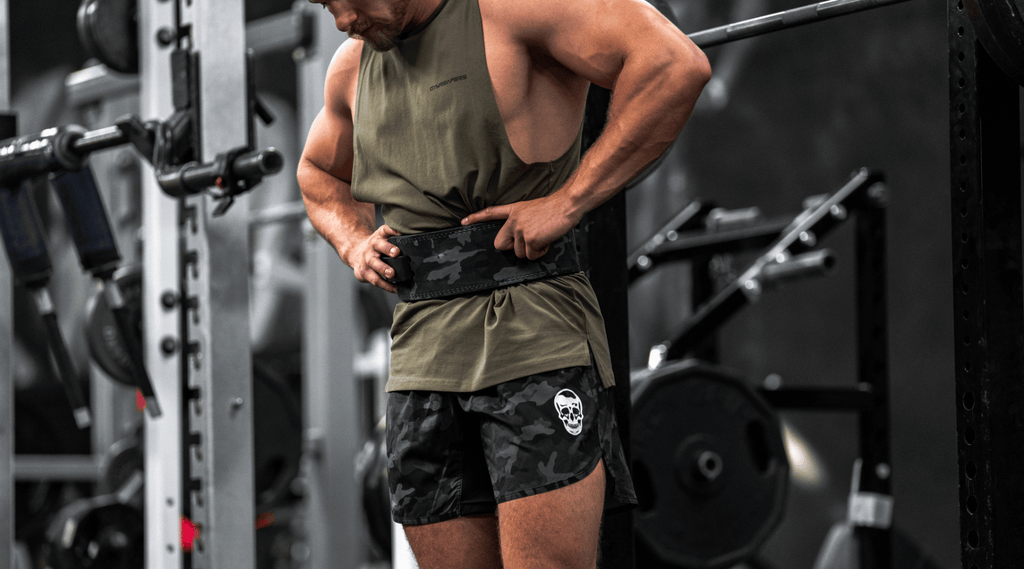
Key Takeaways
-
Different types of belts provide varying support and rigidity, which can determine how tight you need to wear it and how tight it feels.
-
Wearing your belt too tight is dangerous for your internal organs and is counterproductive. Wearing your belt too loose will not benefit your lifts.
- It is useful to wear your belt looser on dynamic or torso bending lifts (snatches & deadlifts), but tighter on static or spine loading lifts (squats).
Will A Tighter Belt Allow You To Lift More Weight?
No, a tighter belt will not allow you to lift more weight.
A lifting belt is only as effective when used with the proper technique - tightness alone doesn't magically help you lift more.
To wear the belt properly, you need to brace your core against it to create what’s called “intra-abdominal pressure”.
Intra-abdominal pressure (IAP) is a steady pressure within the abdominal cavity by taking the air you inhale and actively forcing your stomach to expand outward, while at the same time holding your breath.
If the belt is too tight, it will make it difficult or impossible to create this pressure because you won’t be able to inhale properly, which will be counterproductive to your lift.
According to Certified Personal Trainer and author Mike Matthews:
"Simply strapping a belt on doesn’t accomplish [improved weightlifting performance]. You have to 'activate' it by pressing your abs out and against it as you perform the exercises, thereby increasing intra-abdominal pressure levels."
Rules For Determining How A Belt Should Fit
There are four rules for how a belt should fit:
1. Make sure you get the right size belt that best suits your lifting needs
If you don’t already own a belt, the first step in identifying the optimal level of tightness relies on ensuring you’ve purchased a belt that is properly sized to your frame.
Every Gymreapers belt comes with a sizing chart that allows you to measure yourself over your belly button.
2. Make Sure To Have a Two-Thumb Fit

If you already have your belt, then place the belt around your waist and fasten the closure mechanism.
Take a deep, diaphragmatic breath, which involves pulling the air into your stomach. Hold your breath, and at the same time forcefully exhale to create pressure in your abdominal cavity.
It should feel like you’re pushing your stomach in the same way you would when sitting on the toilet.
After this process, you should be able to fit two thumbs inside the belt.
3. Your belt should be comfortable enough to breathe in and brace against it
As you go through the process above, if anything hurts, or you have to raise your shoulders, then the belt is too tight.
4. If your belt is comfortable enough to keep fastened between sets, or on lifts you don't need it for, it is too loose.
If you can sit on a bench in between sets while still having your belt fastened, then it wasn’t tight enough to begin with. Don't make it a fashion piece.
- Realted Article: Can You Wear a Lifting Belt While Pregnant? What Science Says
Does The Belt Type Impact The Tightness?

The type of belt you use determines how tight it will feel, how much movement it allows, and how secure it will be. Material, closure type, and thickness will all contribute to how tight the belt feels.
1. Material
Leather Belts
Leather belts are rigid, thicker, more durable, and therefore give the tightest fit. Leather tends to be very stiff when it is new which makes these belts fit very tight initially.
The leather will soften with use over time and conform to your body. Once they are broken in they will fit more naturally, but still provide the most rigid support.
Nylon Belts
Nylon belts, on the other hand, are made of fabric that is flexible, thin, allows for a wide range of motion, and therefore gives a less tight fit compared with leather.
Nylon belts exchange some support for added comfort.
2. Closure type
Lever Belt
Lever belts provide the tightest, most secure fasten. However, they are prefixed and you need a screwdriver to adjust these styles of belts after initial sizing.
This means that if you prefer a tighter fit for some lifts (as I’ll explain below), it will be difficult to adjust the lever on the spot.
Similarly, if you don’t work out at the same time every day, then lever belts might fit tighter or looser. For example, if you workout at night one day, the lever belt will fit tighter because you have more food in your stomach compared with working out in the morning.
Prong BeltA prong belt is nearly as secure as a lever belt, but offers an easier way to adjust the tightness. They fasten like a regular belt that you use to hold up your pants by pulling the strap through a loop and selecting a hole to secure the prong in.
If you prefer to fluctuate the tightness of your belt between lifts or day-to-day then a prong belt is best for you.
VelcroVelcro belts are fastened with Velcro, as the name suggests. The problem when trying to get a tight fit with these belts is that the “grip” wears out over time, and may open when under high pressure
(Note: we've tested this with Gymreaper belts and the grip DOES NOT wear out over time, but if you decide to purchase a different brand then this is something to consider).
Therefore, these belts are naturally meant to be worn a bit looser when compared with prong and lever belts.
3. Thickness
The thicker the belt, the more rigid and tight the belt will feel simply because there is more material for you to press your core against.
At Gymreapers, we have 7mm, 10mm, and 13mm belts, where the 13mm belt will provide the most secure feeling.
With that said, most people prefer the 10mm belt for the balance between tightness and comfort.
- Related Article: What to Do if You Can't Get a Weightlifting Belt Off
When Would You Want A Looser Fitting Belt?
There are three situations where you want a looser fitting belt:
Dynamic Exercises
A looser fitting belt is helpful for dynamic exercises that cause heavier breathing or more movement.
For example, dynamic exercises could include full-body movements, such as the snatch and clean & jerk.
As well, if you’re moving quickly from one exercise to the next, such as a Crossfit workout where you’re moving from deadlifts to handstand push-ups, a looser fit will be more comfortable and offer longer term wear.
Exercises That Require Bending Over
If your lift requires you to bend at your waist at all, a looser fit is also ideal.
For example, on average competitive powerlifters prefer a looser fitting belt during the deadlift for greater range of motion and room to fully expand their abdomen.
Additionally, exercises that have you in a sustained position of being bent over, like a barbell bent over row, will usually warrant a looser fit, so you can continue to inhale under load without issue.
- Related Article: Exercises You Should (& Shouldn't) Use a Weightlifting Belt
If You Lift In The Evening
Everyone's body fluctuates throughout the day, so keep in mind that you may need a looser fit for evening sessions or after bulking-size meals.
This doesn’t mean that the belt should fit loose. It means that if you were comparing your belt size hole in the morning vs night, then the night fit will probably be 1-2 holes looser - even though the belt will still feel similarly tight around your waist.
When Would You Want A Tighter Fitting Belt?

There are three situations where you want a tighter fitting belt:
Static Exercises
Static exercises can benefit from the extra stability of a tighter fitting belt and even prevent unwanted movement of the torso.
Static exercises have limited motion, for example, bench pressing. It is useful to have a tighter belt in this case because it will allow you to brace against the belt more and increase stability.
As static exercises do not inflict heavy breathing like dynamic exercises, they allow for a tighter fitting belt. However, it is important to still leave enough room to breathe comfortably - follow the two-thumb rule
Exercises That Don’t Require Bending Over
Your belt can have a tighter fit for lifts that don’t require bending over to provide maximum support without a limited range of motion.
A tighter fitting belt is usually preferred unless it limits the movement of the lift or your breathing. Therefore, unless you have to bend your torso or breathe heavily during your exercise, it is safe to assume that a tighter fit is the way to go.
Lifts That Require Spinal Loading
A tighter fit during spinal loading will allow for more support in your core and more protection to your back.
Most competitive lifters prefer a tight fitting belt for exercises that load weight onto the spine, such as squats or overhead press.
Belt Tightness Broken Down By Lift
How Tight Should A Belt Be For Squat?
Lifters typically prefer their belts to be tighter for squats, especially for reps under 5 where you’re not going to work up heavy breathing.
It is also beneficial to have a tighter belt for squats as the load is directly onto the spine and your lower back may be more vulnerable with slight changes in technique.
Test with little to no weight first to make sure your abdomen can comfortably expand at the bottom of your squat.
How Tight Should A Belt Be For Deadlift?
As deadlifts require some bending of your torso, you should use a slightly looser fit.
If your belt is too tight for deadlifts it can restrict your breathing, which limits your ability to brace.
How Tight Should A Belt Be For Snatch?
A snatch is a dynamic movement, so it is optimal to use a looser fit compared with an exercise like heavy squats, but the belt should still be snug.
You want to leave room for movement so that your body can achieve a deep position at the bottom of the snatch.
How Tight Should A Belt Be For Bench Press?
There is some debate around whether or not to use a belt while bench pressing, especially if you want to optimize your arch.
However, a proper belt will support your arch and stabilize your serratus anterior (the muscles that wrap around your rib cage).
Your serratus anterior helps pull your shoulder blades down when bench pressing. So if a belt can stabilize this muscle, it can take some pressure off your rotator cuff.
The best lifters use a tight fit on their bench press, especially when going for a max lift.
How Tight Should A Belt Be For Clean and Jerk?
With the spinal loading of a clean and jerk, a tighter fit provides the best support, but not as tight as going for a max back squat.
Be careful not to make it too tight as it can limit your dynamic movement and ability to take a breath before you jerk the barbell overhead.
Are There Risks If A Belt Is Too Tight?
Yes, a lifting belt that is too tight can restrict breathing and limit your ability to brace your abdominals. It can also cause heartburn and indigestion as it will squeeze your digestive organs.
If the tightness of your belt interferes with your ability to brace your abdominals, it will reduce your intra-abdominal pressure and power to lift. This will cause a negative effect on your lifting abilities and be one of the reasons you fail a max lift.
Tips For Adjusting & Wearing Your Lifting Belt

Don't wear your belt on exercises that don't require it
In fact, if you are comfortable enough to wear your belt for unnecessary lifts such as bicep curls or calf raises, your belt is too loose.
Where to position your belt
Your belt should be worn over the center of your belly button, below your ribs, and above your hips.
You may want to wear it slightly lower for lifts that load heavily onto your lower back- such as squats.
It may irritate your ribs or hips at first as you break in your belt and get used to it, but readjust or use a smaller width if it interferes with your movement or causes pain.
Getting used to your belt
Utilizing a belt in lifting requires some getting used to. It will likely be uncomfortable until you break it in. Don’t be discouraged if you don’t love it on your first use.
According to three-time world record powerlifter Greg Nuckols:
"For the most part, belts are not comfortable. Belts start off being very stiff and can take some time to be 'broken in.' Expect to get some bruising on the top of your hip bone or along your ribs from the belt digging into you during this process."
Fluctuation of belt settings
Lifting at the same time every day and after a similar meal will give you a better practice of how tight your belt should be.
Bloating fluctuates throughout the day and depends on what you have eaten. Especially if you have a lever closure which is not easily adjustable- it will be easier to be consistent than carry a screwdriver in your gym bag.
Don't let your ego interfere with which setting you select on your belt. Afterall, having an optimal lift is more impressive than cinching your waist one hole tighter anyways!
Frequently Asked Questions
Is a Lever Belt Tighter Than a Prong Belt?
A lever closure can give a tighter fit than a prong belt since it is not easily adjusted when your body fluctuates. Both closures are of the highest security and will provide a tight fit feel.
Will a tighter belt protect my spine from injury?
No, a tighter belt does not prevent spinal injury. A properly fitting belt will assist in creating intra-abdominal pressure to protect your spine and provide a rigid support on your back to prevent rounding.
How do I know when to wear my belt while lifting?
It's best to wear your belt on compound exercises when you reach a weight with a five rep max. You should utilize your belt for your heaviest sets (five rep max or heavier) and a few beforehand to warm up your abdominals and prepare your body for the increased pressure from your belt.
What To Read Next
Once you have the proper fit of your belt, it’s time to master the proper use and technique of your belt.
Looking for a new belt? Shop Lifting Belts Now







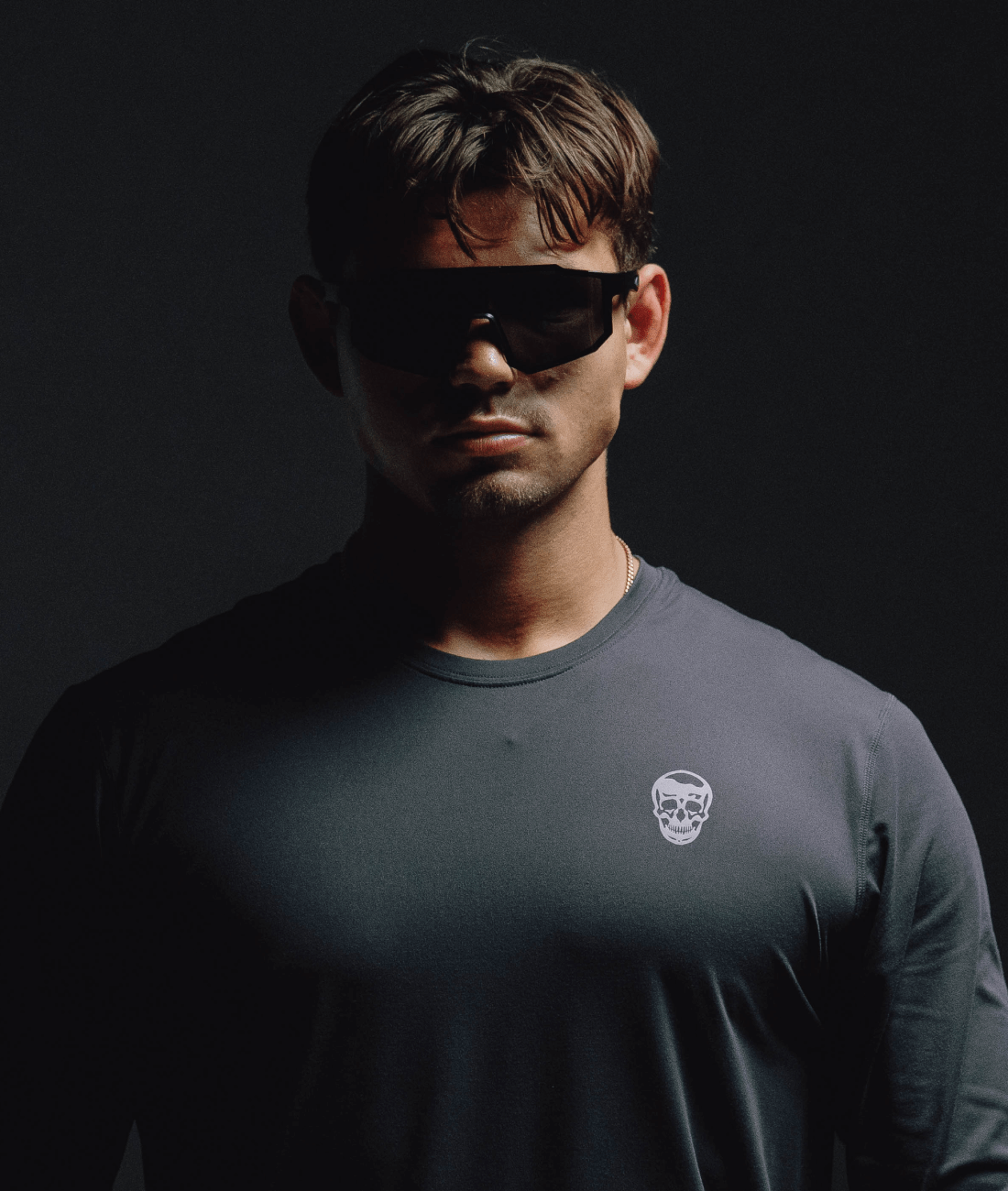
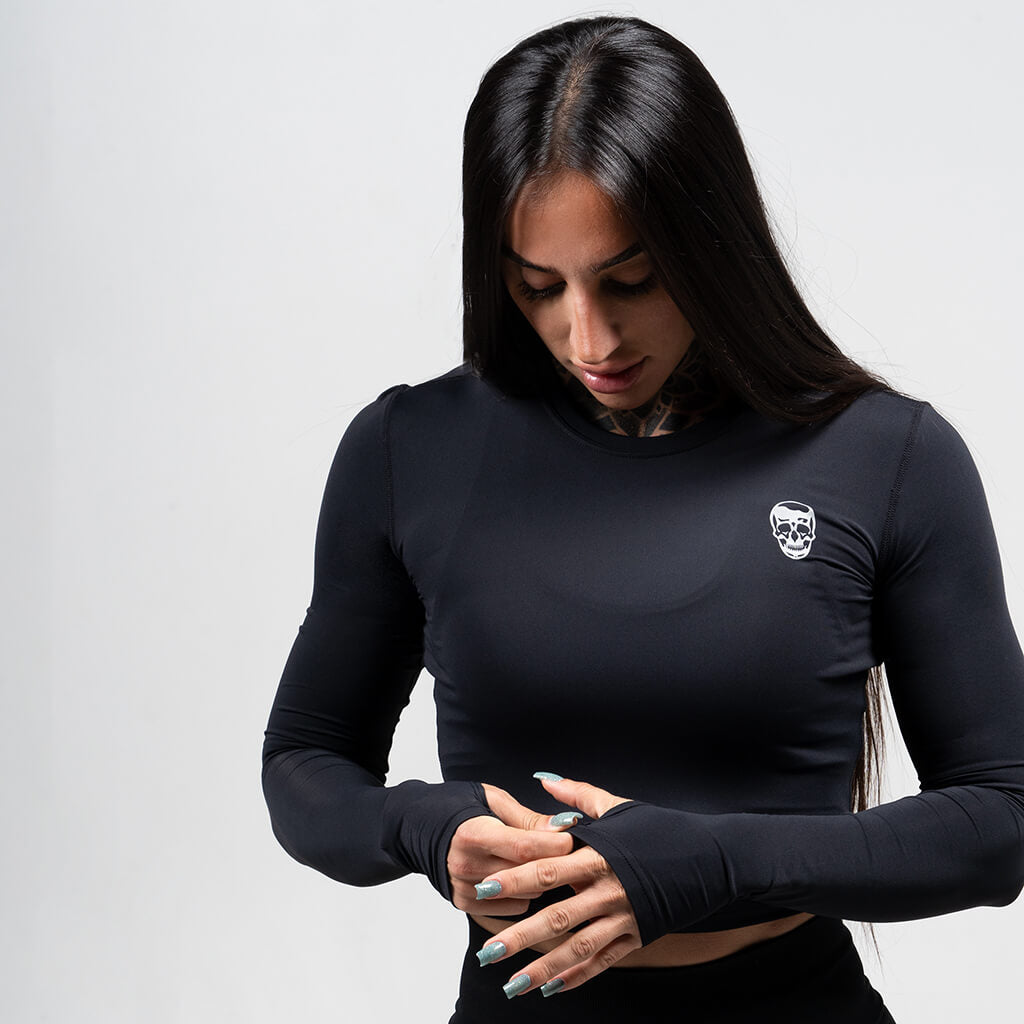
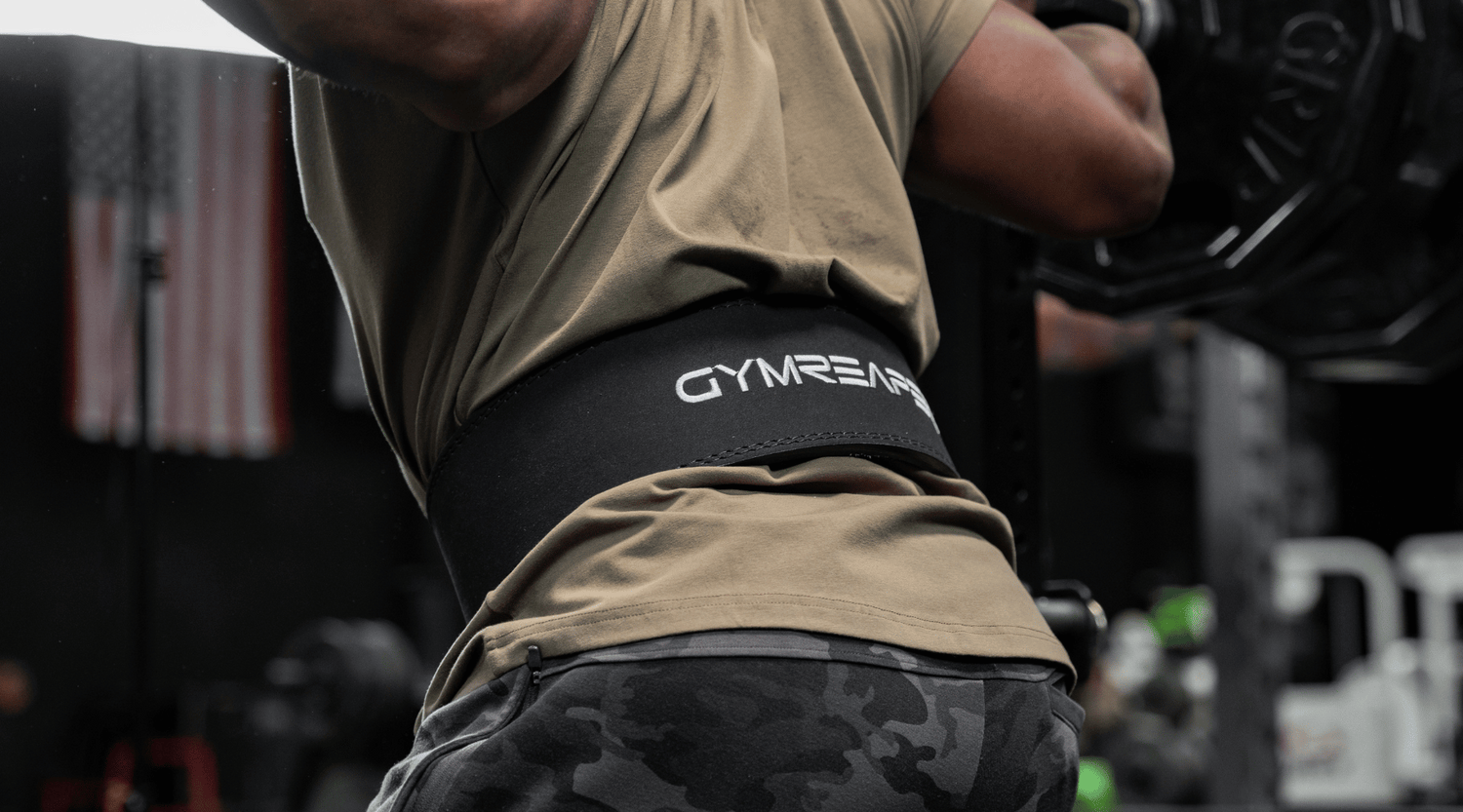
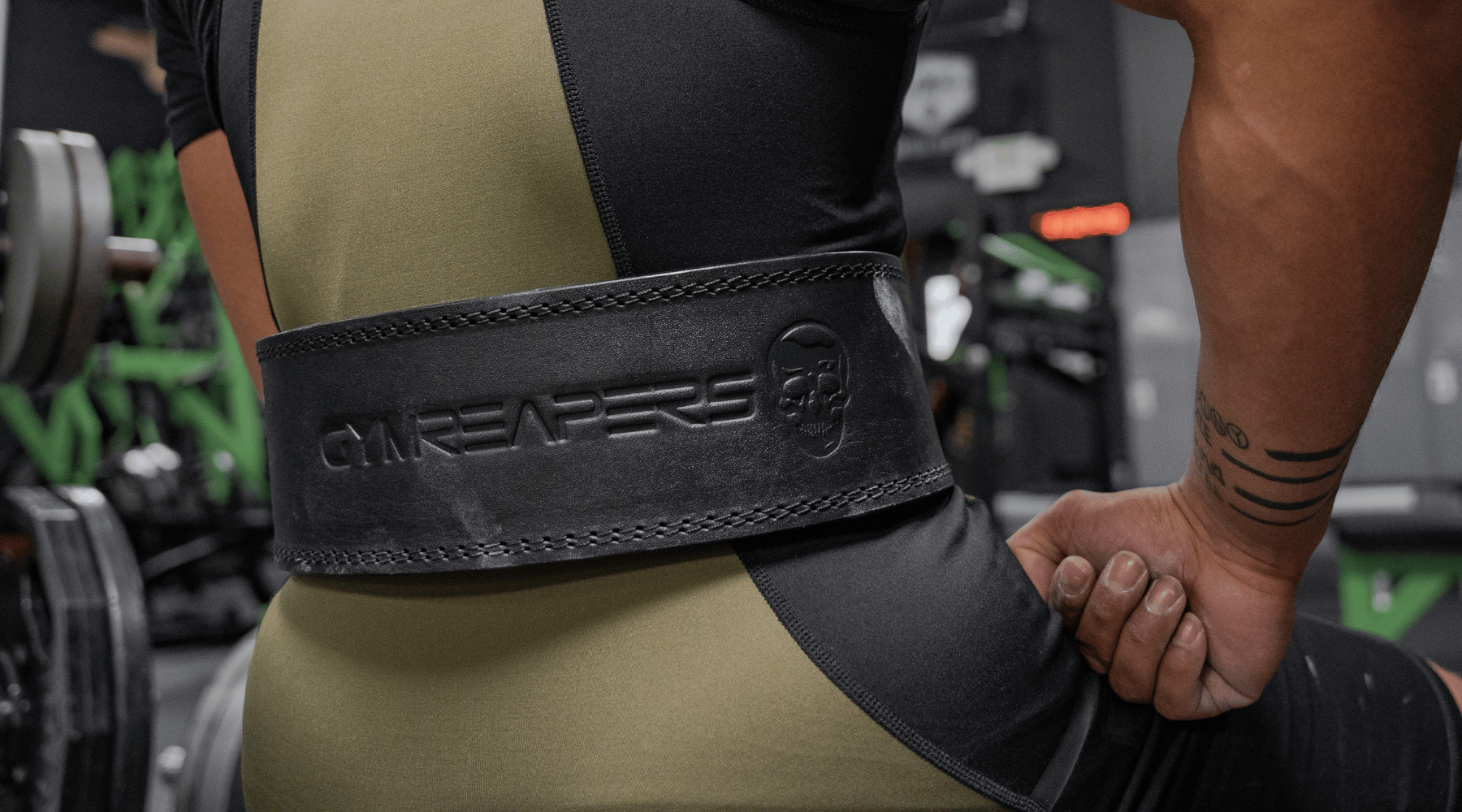
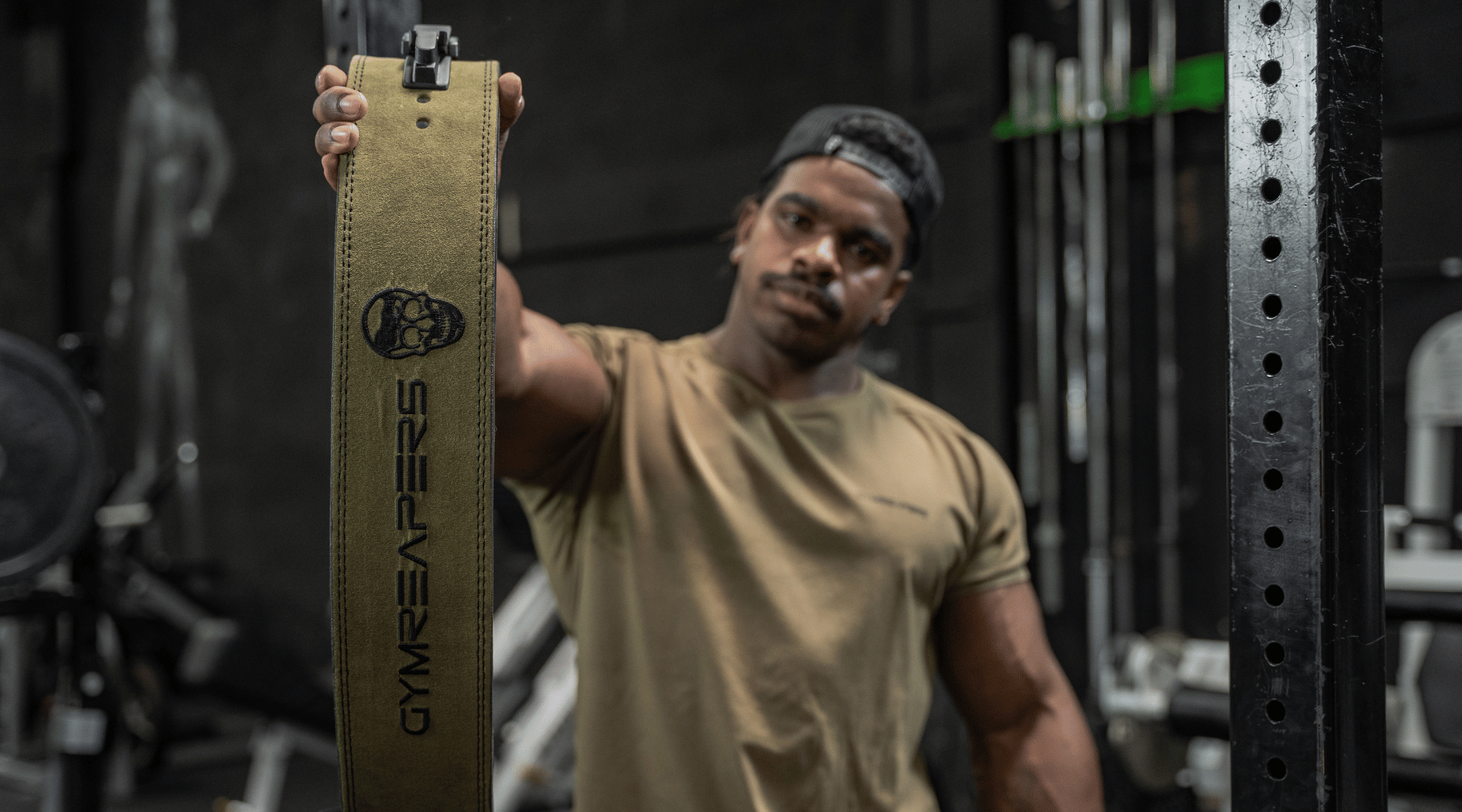
Leave a comment
All comments are moderated before being published.
This site is protected by hCaptcha and the hCaptcha Privacy Policy and Terms of Service apply.